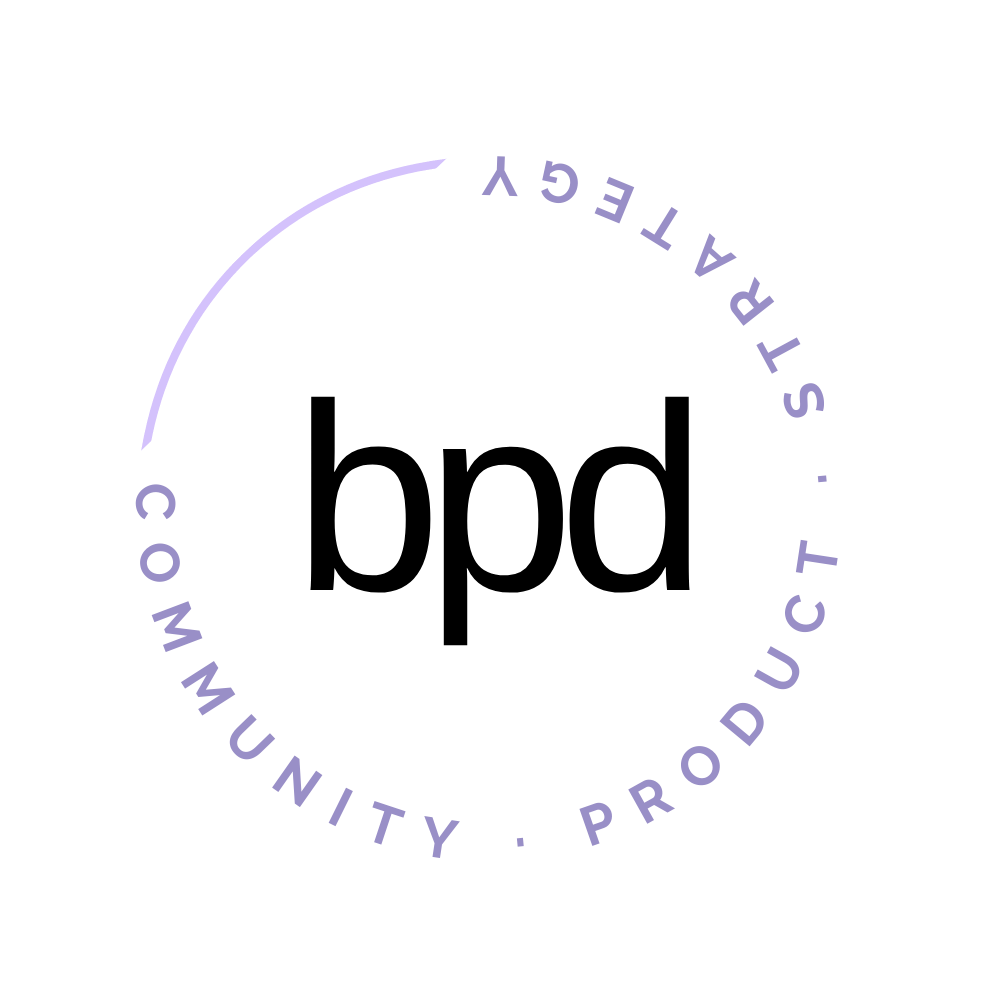#19 The Social Contract You Sign Building Community Products
We have all heard the painful truth– 90% of startups fail. And if you’ve been reading my newsletter you know I believe you must prioritize community in your product strategy to fall in the 10% of successful startups.
However, there is a BIG RISK with community that I’m getting into today.
For the purposes of today’s essay I’m specifically talking about community forums, social platforms or education products (like courses or course libraries) that have a community component. In this context the community often is the product.
When you build a community-product you’re creating a social contract with your users and members. And with contracts comes an acceptance of risk.
Contracts should be taken seriously– think about the things in our lives associated with contracts– marriage, home ownership, rentals, employment, business partnership, etc. Breaking any of these contracts comes with an emotional toll.
Social contracts don’t typically have an intentional end date. Like friendship, a marriage, a business partnership– you hope you’re building something to last. But they do have a renewal, or presented differently, an anniversary.
Community products go beyond a service contract – they have an added emotional element.
This is tricky– your product is more likely to be successful if your customers feel belonging, yet if they feel belonging they also feel a deep sense of trust, and even reliance.
You have to be careful not to break that trust.
Breaking Social Contracts Cut The Deepest
While we might dream of monthly recurring revenue (Oooo, baby) that dream isn’t a good enough reason to build a community-product. It has to be the right solution to the problem you’re solving for your customer.
I’ve heard community thrown around a lot in the marketing world, and while a community can be incredibly valuable to a marketing team, it also has to provide value for its members.
You definitely should not “spin up a community” as a marketing strategy.
Most importantly, it’s not a one-quarter initiative. It’s a foreseeable future prioritized initiative… if you do it right. You have to hold up your end of the social contract.
If you treat your community-product like a get-rich-quick scheme or only to benefit your marketing promotions that is dangerous brand-burning-business.
This is where experimentation strategy for communities can get dicey. If you create a community as an experiment and 20/100 of your pilot members find belonging and LOVE It and you decide to kill the project– well that’s 20 of your best customers you’re going to lose trust with and hurt.
So how do you experiment with communities?
Be up front with your first members that you’re testing an idea. Make sure you’re clear that this might not be there forever so expectations are set up front.
Set up tight feedback loops. Create systems to get feedback from your first members regarding what is working and what isn’t. Spend time understanding their challenges.
Pivot with the community. Don’t build in a silo, bring the community along with you. Share with them how you plan to make changes and why so that they feel part of the decision.
If you do these 3 things then at the end of the day if you decide to kill the community-product they’ll at least understand why, and the cut won’t be so deep.
You’ll usually be able to mend the relationship and keep them as customers.
Start small and scale sustainably
Let’s say your initial experiment goes well and you want to build on this community-product. It’s still important to start small.
David Spinks shares in his book, “The Business of Belonging” that all great community platforms and organized groups throughout history started as “fringe communities.”
In the early days you have to go above and beyond and do things that don’t scale – like meeting 1:1 with each member.
The founding team at MemberUp are doing this by opening up only a small number of new spots each month and spending time with each new cohort of customers. This is how they’ve found product-market-fit so quickly.
When you start small you have the benefit of time for:
1:1 connection with new members
Onboarding
Piloting and testing and learning before repeating and scaling
Creating SOPs (standard operating procedures)
And yes, time is money. But if you want a long-term sustainable community you have to start small to be successful. Once your community is large it’s much harder to foster real, meaningful connection and hold retention.
Community is a competitive advantage, but its also a long game.
The decision to sunset a community-product is a hard pill to swallow.
Let’s say you sell a community-product where the main offer is a transformational education experience. But along the way your members make connections and find belonging. When their renewal comes around they might have completed all the “coursework” but they renew for the community and belonging.
That’s why community-products have better retention and growth (if done well) – but it’s also their biggest risk and a whole lot of work to make happen.
You can’t as easily shelf the product or sunset the community. If you do, you will break trust with your customers.
Now I’m not saying you have to hold on to a product that isn’t working forever, but you need to bring your customers along for the ride and make decisions with them.
When you build a community-product, you have to give up power, because it’s really not about you, dear business owner, it’s about serving your community.
I believe that community-products are the most rewarding to build, the most likely to be successful, but they are also the most challenging to sustain. Are you up for the challenge?
If you loved today’s essay and want help developing your community experiment I’ve added a track to my power-hour workshops just for you. Learn more here.
